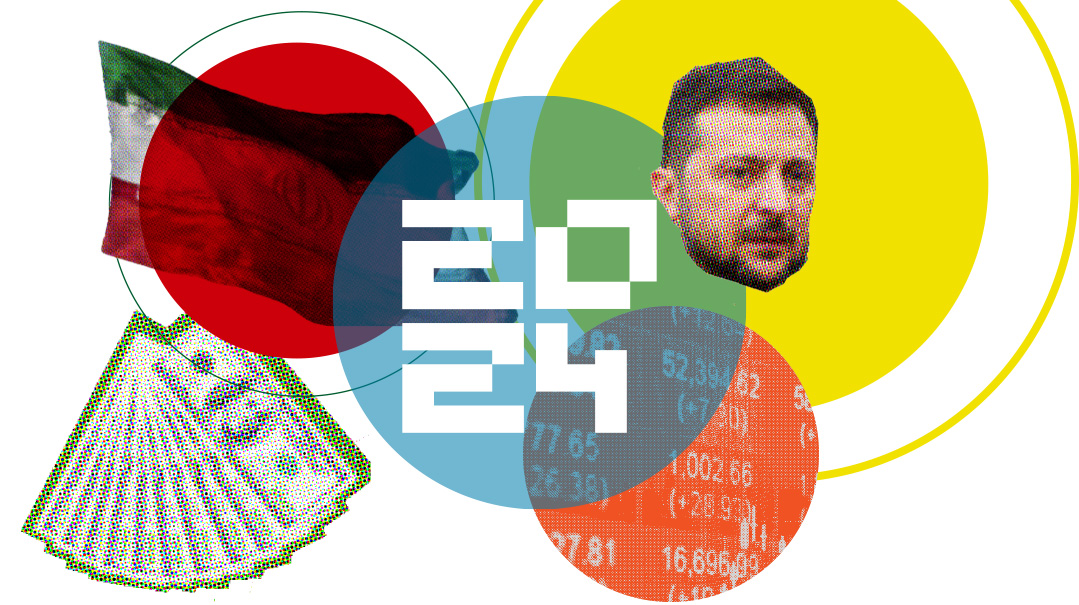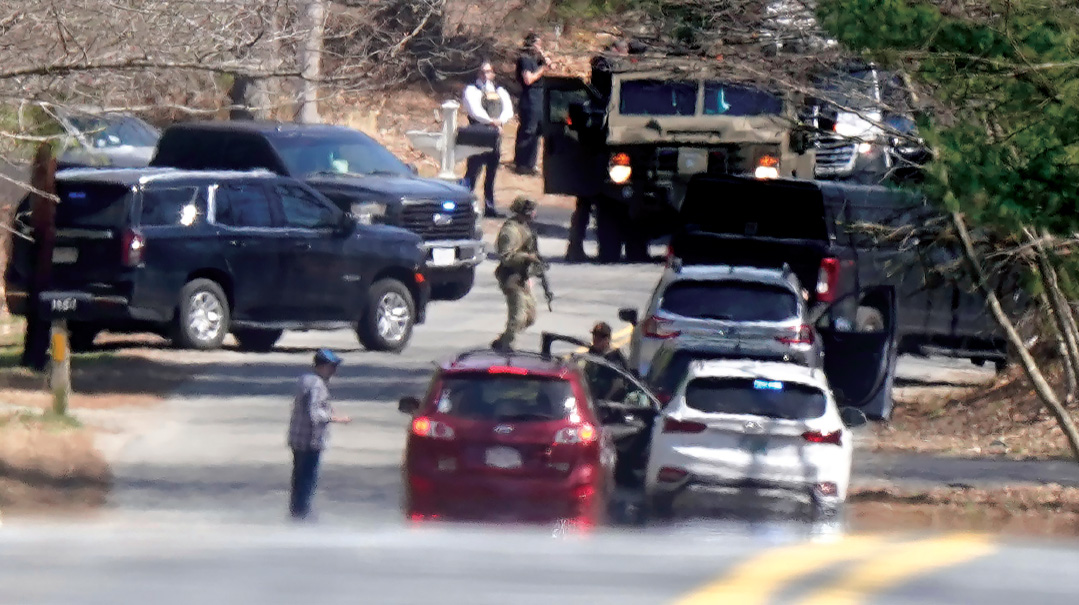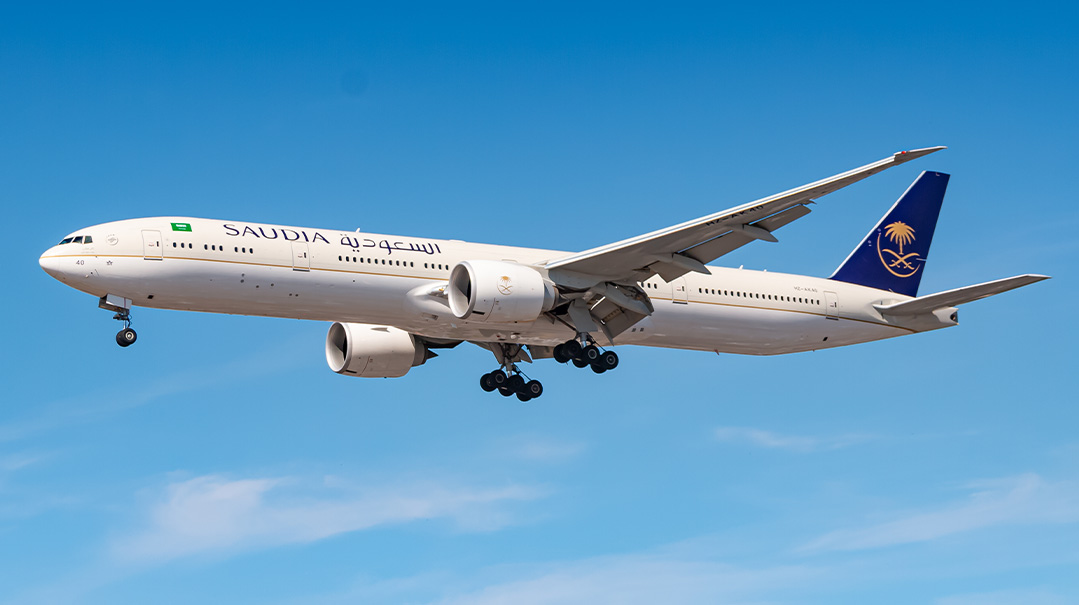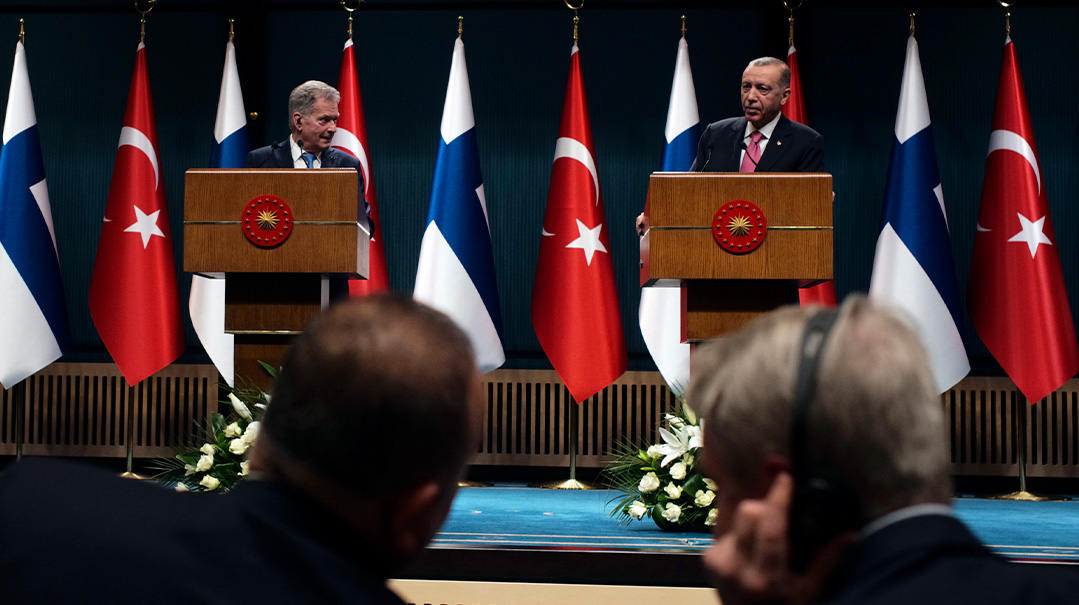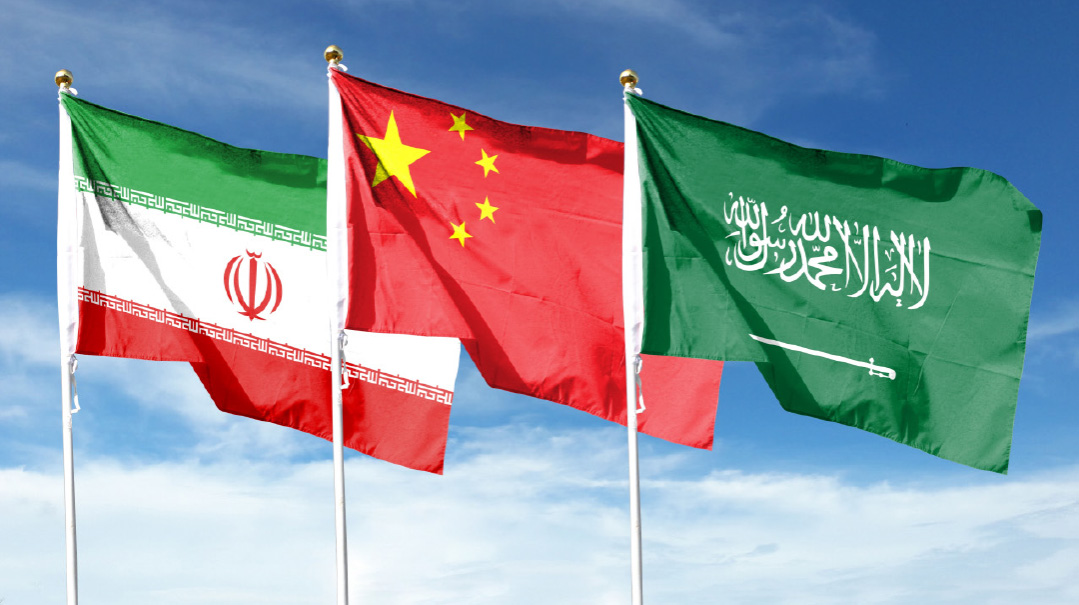Israel Eyes the Golan


Photos: Flash90
I
srael drew its red lines in Syria in bold last week.
With Bashar al-Assad’s troops advancing on rebel positions in the south, Israel’s government has made it clear that it expects all sides to respect the cease-fire lines established in the 1974 Israel-Syria Separation of Forces Agreement. To sharpen the point, Israel’s government has reinforced its Bashan division with armored forces and artillery.
Israel communicated its new red lines in a meeting in Washington between IDF Chief of Staff Maj. Gen. Gadi Eizenkot and Chairman of the Joint Chiefs of Staff General Joseph Dunford. The IDF made clear that only Syrian government forces can take part in fighting in the area, and must maintain control in the region once the campaign is over. Israel has no intention of enabling foreign militias aligned with Iran to gain a foothold in the Golan.
Syrian government troops, with the aid of air strikes from Russia, have created yet the latest humanitarian crisis in Syria. So far, 160,000 residents have been displaced in the fighting in the Daraa region, where the al-Assad government is quickly re-establishing its rule. Some of the areas under attack are controlled by the Free Syrian Army, while others are under the sway of the al-Qaeda-linked Fatah al-Shaam, once called al-Nusra Front.
Jordan, which has already taken in more than one million Syrian refugees, has closed its borders to this latest wave. In an effort to manage a volatile situation, Jordan’s government hosted cease-fire talks last week between Russia and anti-government militia representatives. A rebel source told reporters that the United States and Jordan are strong-arming them to transfer all their arms and the territory they hold to the Syrian army. The source slammed Jordan for not opening its borders to the refugees, while noting that Israel had indeed answered some of the refugees’ cries for aid, but said the situation is reaching a crisis point. Still, their ranks are more unified than ever, he said, and the anti-government forces are determined to crush “Russian and pro-Iranian militia domination.”
Indeed, as part of its strategy on the northern border, Israel has been extending humanitarian aid to wounded Syrians. Last Friday night, the IDF accepted six Syrians who were moderately to seriously wounded — four of them children orphaned by the fighting — and rushed them to Rambam Hospital in Haifa and the Galilee Medical Center in Naharia. Israel also delivered humanitarian aid to the refugee tent colonies in the Syrian Golan, in the form of 300 tents, 13 tons of food, 15 tons of infant formula, 30 tons of clothing and footwear, and large amounts of medicine and medical equipment.
Despite the new military campaign in the south, the main arena of conflict in Syria remains political, not military. While the Assad government launched attacks, Russia presented the United States with an arrangement on the diplomatic front. The Russians are aiming to orchestrate a peaceful withdrawal of rebel forces in the south, with Assad’s regime maintaining control over parts of those areas — perhaps with a commitment to distance the Iranian and Shiite militias.
The Russians are also interested in an American withdrawal from the Tanf base, closer to the border with Iraq, although the Trump administration is balking. Israel, meanwhile, has
its own interests — thwarting weapons smuggling to Hezbollah and signaling to the Iranians that it intends to drive out their military presence from Syria.
(Originally featured in Mishpacha, Issue 717)
Oops! We could not locate your form.







